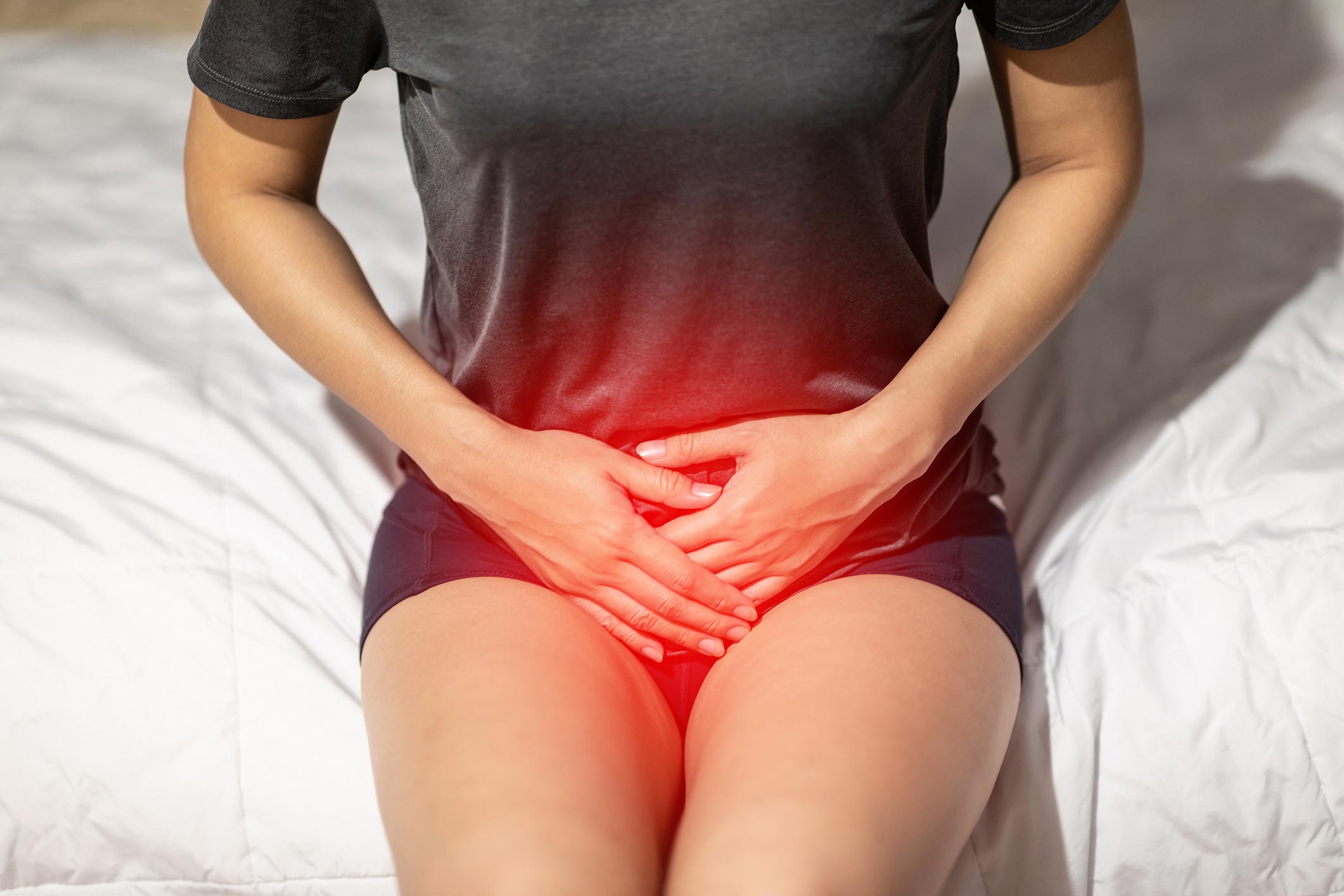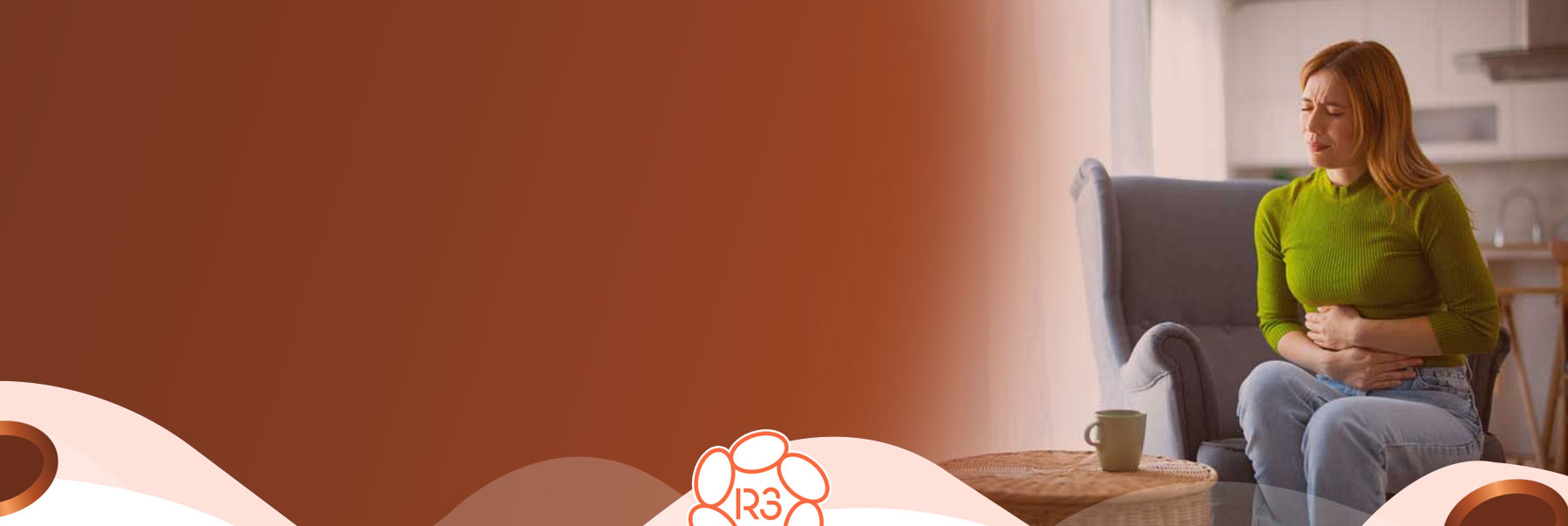The bladder pain syndrome, also known as the Interstitial Cystitis is a chronic health issue that affects the bladder and gives a feeling of pain in that area. Bladder pain syndrome will occur with other lower urinary tract symptoms and can last for longer periods, even without any form of infection as the root cause.
Symptoms of this condition range from mild to severe. For some people, they experience the symptoms in and out, for some others, they never go away. However, one important thing to point out about bladder pain syndrome is that it’s not an infection of the bladder. Here are some important things to know about the management and treatment of this condition.

Symptoms of the Bladder Pain Syndrome
Bladder Pain Syndrome is a chronic condition that may present with a number of symptoms including:
1.Pain
The pain typically occurs in the lower abdomen and is the most common symptom experienced by the majority of patients with BPS. As the bladder continues to fill up, the pain increases in intensity, and it may radiate to the back, pelvic area, and urethra. Women tend to feel more pain in the vulva area, while men have theirs in the testicle, scrotum, or penis.
2.Urine frequency
This is usually the first indication of bladder pain syndrome for most people. The average person urinates about 7 times daily, but with bladder pain syndrome, it’s way more than that with frequency at night.
3.Urine urgency
In cases where it’s more severe, patients may feel the urge to urinate, which may even lead to a never—going away sense of urgency, even after voiding.
Causes of Bladder Pain Syndrome
There are no defined causes of this condition, but experts have assumed that the causes will revolve around the following;
- Bladder tissue defect,
- Mast cell which is a type of inflammatory cell,
- Urine bodies that may damage the bladder,
- Nerve changes,
- Immune system attack.
It’s possible that genetics play an important role in increasing your chances of getting bladder pain syndrome, or a definite injury or infection to the bladder can have causal effects.
Treatment of Bladder Pain Syndrome
The reality is that no single treatment works for everyone with bladder pain syndrome. The treatment option utilized will depend on the specific symptoms of the patient. A number of times, there may be a need to combine different treatment options until the best recovery is achieved. It’s important to note that it may take weeks or months for symptoms of bladder pain syndrome to improve. Sometimes, what happens is that it goes into remission.
The majority of the treatments are aimed at controlling and monitoring the symptoms.
Stem cell therapy for Bladder Pain Syndrome
Sometimes, alternative approaches to the treatment of bladder pain syndrome may be the best option for patients. Stem cell therapy offers treatment for urinary distress and bladder pain syndrome.

As the application of stem cell therapy is expanding into the urologic field, innovative strategies are being introduced to reverse the symptoms of bladder pain syndrome and offer therapeutic effects that can reverse the symptoms of the disorder.
Unlike traditional medical procedures, stem cell therapy seeks to treat the underlying causes of disease, not just to manage symptoms. R3 centers provide excellent regenerative medicine procedures with our state-of-the-art equipment and compassionate and experienced medical professionals.

Dr. David Greene
MD, PhD, MBA
Dr. David Greene, MD, PhD, MBA, is a pioneering leader in regenerative medicine and healthcare marketing. As a residency and fellowship-trained orthopedic surgeon, Dr. Greene transitioned from clinical practice to become the founder and CEO of R3 Stem Cell and US Lead Network, where he has revolutionized patient care and medical practice growth through innovative therapies and digital marketing strategies. He has authored two influential books on healthcare internet marketing, ranks among the top expert authors globally, and has been featured on the cover of Corporate Vision magazine for his impact on global regenerative therapies. Beyond his professional achievements, Dr. Greene is passionate about education, compassion, and continuous innovation.


Sorry, the comment form is closed at this time.